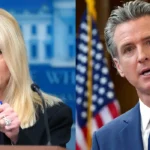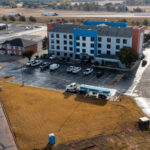The United States will work with other governments to speed up efforts to make nuclear fusion a new source of carbon-free energy, U.S. Climate Envoy John Kerry said Tuesday, the latest of many U.S. announcements the last week aimed at combating climate change.
Quick Read
- U.S. Support for Nuclear Fusion: The United States is intensifying efforts with other governments to advance nuclear fusion technology as a new source of carbon-free energy, according to U.S. Climate Envoy John Kerry.
- Potential of Nuclear Fusion: Nuclear fusion, merging hydrogen atoms to create helium and energy, could replace fossil fuels in powering various applications. However, it faces significant scientific and engineering challenges and is still a long way from practical use.
- Kerry’s Statement on Fusion’s Future: Speaking at the U.N. climate talks in Dubai, Kerry acknowledged the challenges but emphasized the need for careful policy and international collaboration to realize the potential of fusion.
- Global Collaboration on Fusion: The U.S. and U.K. partnership, U.S. research vision, and the International Thermonuclear Experimental Reactor (ITER) in France, involving 35 nations, are key collaborative efforts towards fusion energy. ITER has faced delays and cost overruns.
- China and Russia’s Role in Fusion Research: Both countries are partners in ITER, with China notably advancing in fusion research and development.
- Tour of Commonwealth Fusion Systems: Kerry visited Commonwealth Fusion Systems in Massachusetts, a company working on fusion power plants, illustrating the U.S. commitment to fusion development.
- Differences from Nuclear Fission: Unlike nuclear fission, which generates radioactive waste, fusion doesn’t produce such waste and is seen as a potentially limitless power source.
- Investment in Fusion Technology: Over $6 billion has been invested globally in fusion technology, with significant involvement from the United States and over 40 fusion companies worldwide.
- Progress in Fusion Research: Recent breakthroughs include a record-breaking magnetic field by Commonwealth Fusion Systems and net energy gain achieved using lasers at the Lawrence Livermore National Laboratory.
- Challenges and Skepticism: Despite enthusiasm, experts like Edwin Lyman of the Union of Concerned Scientists caution that fusion energy remains far from a practical or economical reality and could detract from more immediate solutions like renewable energy.
- Future Plans for Fusion Plants: Companies like Commonwealth Fusion Systems aim to bring fusion power to the grid before 2035, with plans for a prototype tokamak called SPARC and a first power plant, ARC, intended for the early 2030s.
- Economic and Environmental Implications: Fusion energy is viewed as a potential game-changer for decarbonizing heavy industries and moving away from fossil fuel reliance. However, the high costs and technological hurdles remain significant challenges.
The Associated Press has the story:
COP28: US unveils global strategy to commercialize fusion as source of clean energy
Newslooks- DUBAI, UAE (AP)
The United States will work with other governments to speed up efforts to make nuclear fusion a new source of carbon-free energy, U.S. Climate Envoy John Kerry said Tuesday, the latest of many U.S. announcements the last week aimed at combating climate change.
Nuclear fusion melds two hydrogen atoms together to produce a helium atom and a lot of energy—which could be used to power cars, heat and cool homes and other things that currently are often powered by fossil fuels like coal, oil and gas. That makes fusion a potentially major solution to climate change, which is caused by the burning of fossil fuels. Still, fusion is a long way off, while other clean technologies like wind, solar and others are currently in use and could be increased.
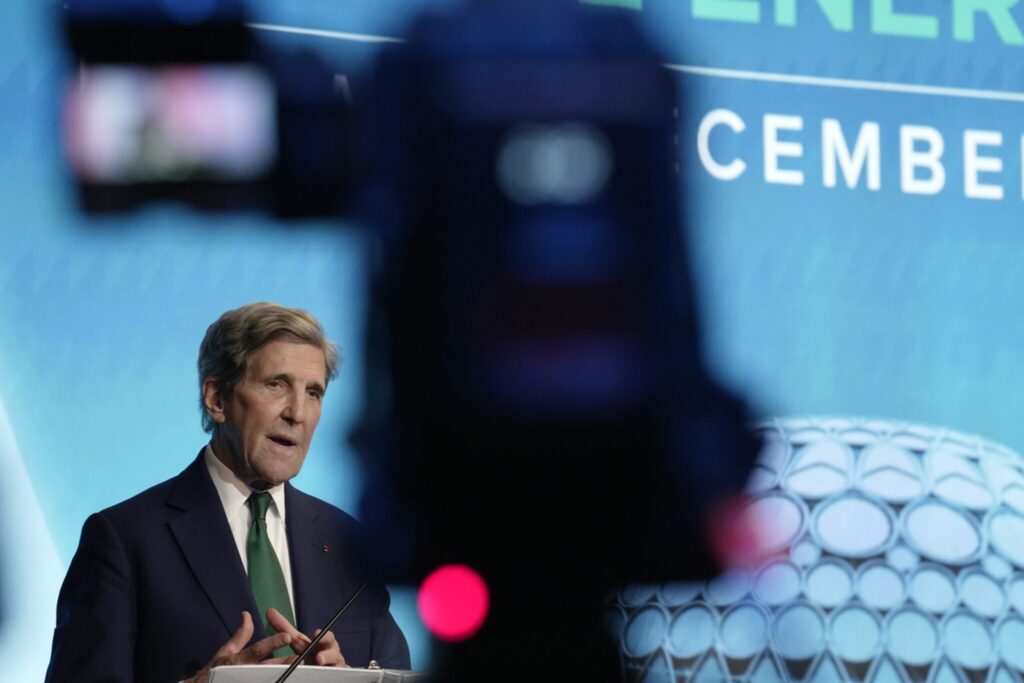
“We are edging ever-closer to a fusion-powered reality. And at the same time, yes, significant scientific and engineering challenges exist,” Kerry said, in Dubai for U.N. climate talks. “Careful thought and thoughtful policy is going to be critical to navigate this.”
Researchers have been trying for decades to harness the reaction that powers the sun and other stars — an elusive goal because it requires such high temperatures and pressures that it easily fizzles out.
Kerry wants to speed that up in hopes of limiting global warming to 1.5 degrees Celsius (2.7 degrees Fahrenheit) since pre-industrial times, a benchmark set by the international community. He urged nations to come together to “harness the power of fundamental physics and human ingenuity in response to a crisis.” The strategy lays out five areas for international partnerships: research, the supply chain and future marketplace, regulation, workforce issues and public engagement. Kerry spoke at the Atlantic Council Global Energy Forum.
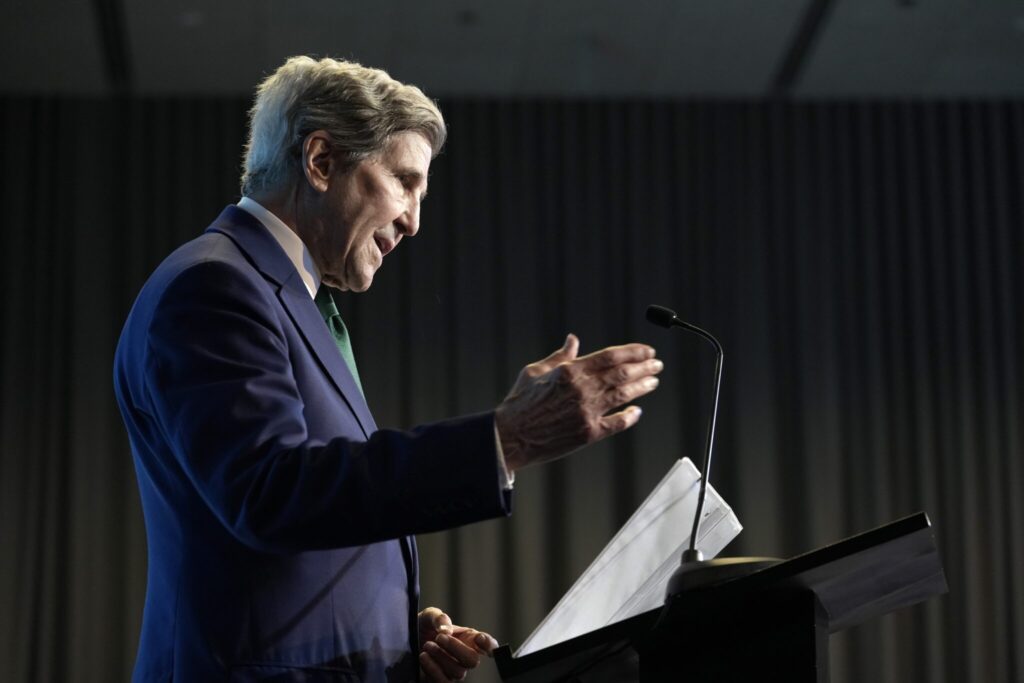
The United States and United Kingdom announced a partnership in November to accelerate global fusion energy development, and the United States announced its own vision last year for research needed over the decade. In southern France, 35 nations are collaborating on an experimental machine to harness fusion energy, the International Thermonuclear Experimental Reactor, to prove the feasibility of fusion as a large-scale, carbon-free source of energy. That project has been plagued by delays and cost overruns. On Friday, Japan and Europe said they were launching the world’s largest fusion reactor.
Both China and Russia are partners in ITER, and China in particular is moving aggressively to promote fusion research and development, said Andrew Holland, chief executive officer of the Fusion Industry Association.
“We’re trying to build a global posse to get there before the Chinese so the Chinese don’t dominate another new technology,” he said.
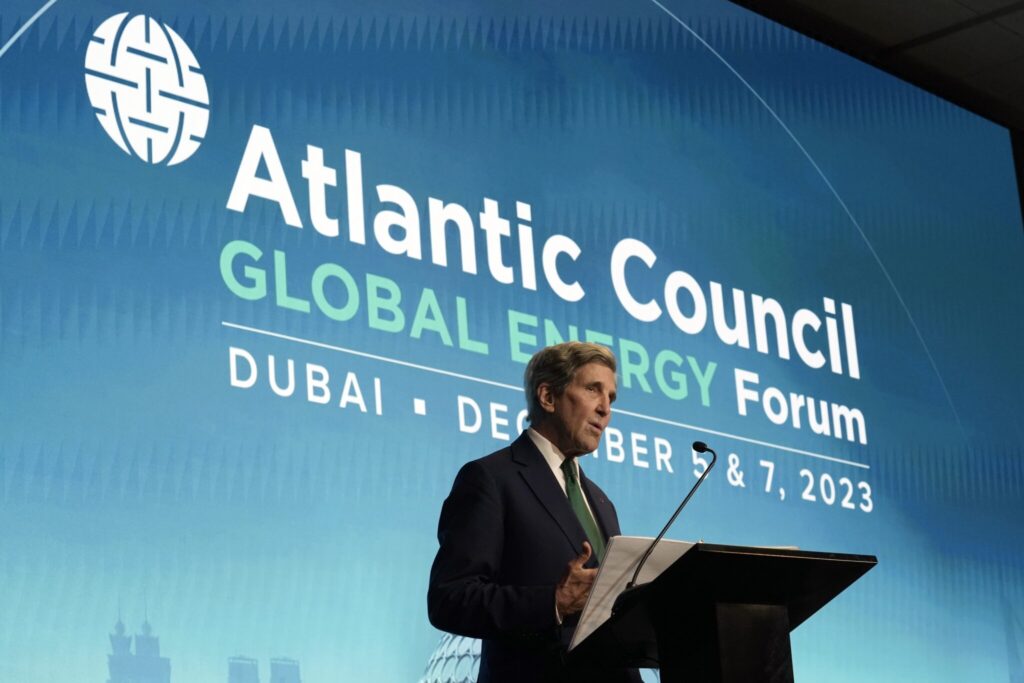
Before he left for Dubai, Kerry put on a hardhat and toured Commonwealth Fusion Systems in Devens, Massachusetts, a company racing to design, build and deploy fusion power plants.
Until now, all nuclear power has come from nuclear fission reactors in which atoms are split — a process that produces both energy and radioactive waste. The global nuclear industry launched an initiative at COP28 for nations to pledge to triple this kind of nuclear energy by 2050. More than 20 have already signed on, including the United States and the host of this year’s talks, the United Arab Emirates.
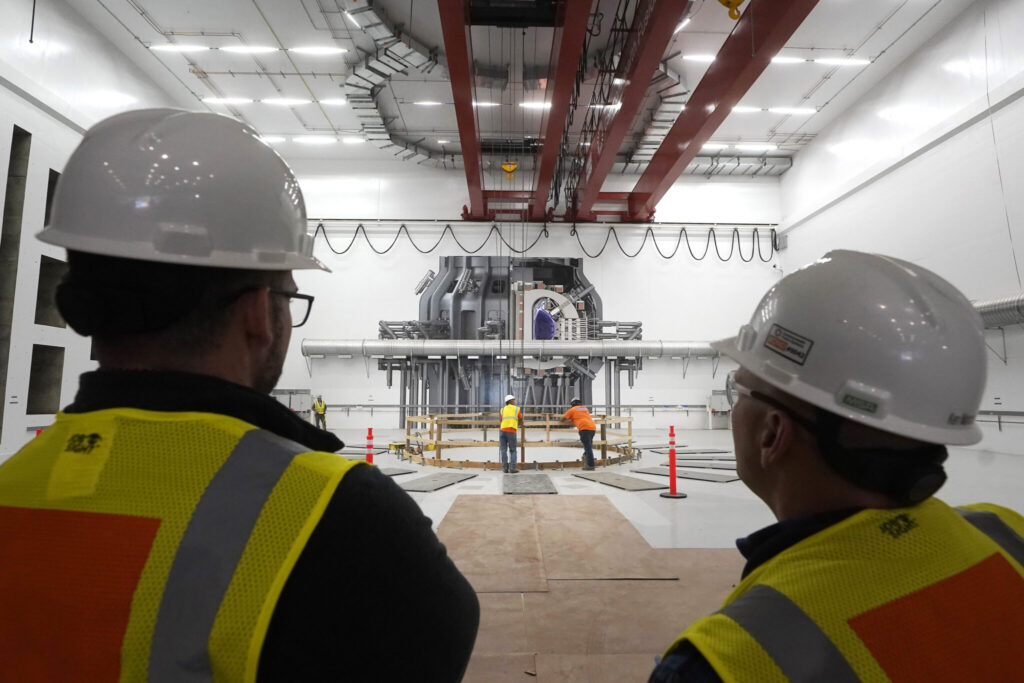
Fusion doesn’t produce the radioactive waste of nuclear fission. In a global race to make it a practical and possibly limitless power source, more than $6 billion has been invested to date, according to the Fusion Industry Association. There are more than 40 fusion companies globally now with over 80% of the investment in the United States. Thirteen of the companies emerged in just the past year and a half.
Commonwealth Fusion Systems has raised the most, more than $2 billion, according to the association.
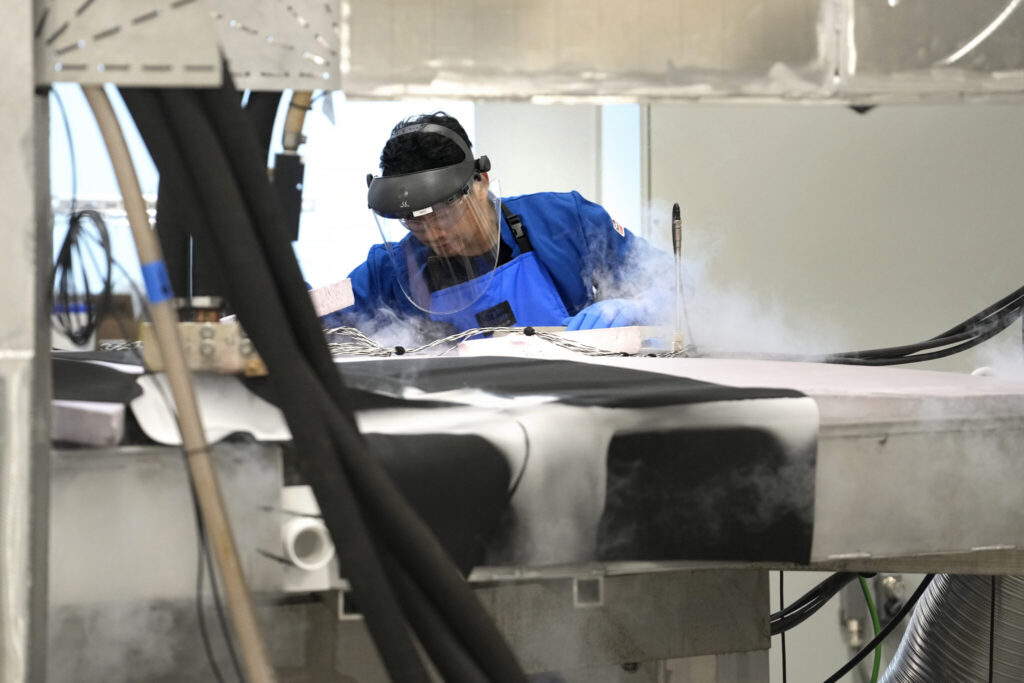
Like the 35-nation effort, Commonwealth is trying to create fusion inside what’s called a tokamak. The doughnut-shaped machine uses powerful magnets to confine and insulate a plasma so it’s hot enough for the fusion reaction to occur and stays hot longer.
A year ago, in a major breakthrough that used a different technology at the Lawrence Livermore National Laboratory in California, scientists for the first time were able to engineer a reaction that produced more power than was used to ignite it, called net energy gain. Their process uses lasers.
Physicists around the world view the doughnut-shaped machines as the most promising kind of magnetic fusion device.
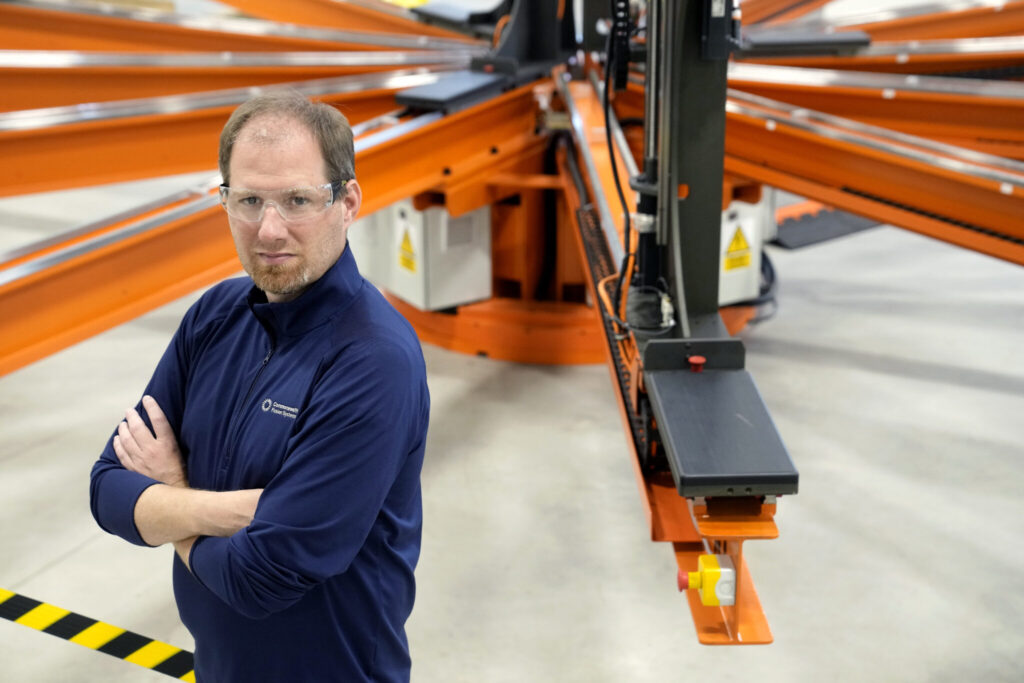
Tokamaks have been getting bigger in size for better performance. Commonwealth Fusion was founded in 2018 by researchers and students from the Massachusetts Institute of Technology Plasma Science and Fusion Center. Using breakthroughs in superconducting magnet technology combined with science from their own compact tokamak, the MIT group set out to build a magnet tolerant of high temperatures that could achieve really strong magnetic fields, using little electricity.
Their hope is to build a smaller, less expensive unit more rapidly, to make fusion commercially viable for the first time, said Professor Dennis Whyte, a co-founder of Commonwealth who leads the Plasma Science and Fusion Center.
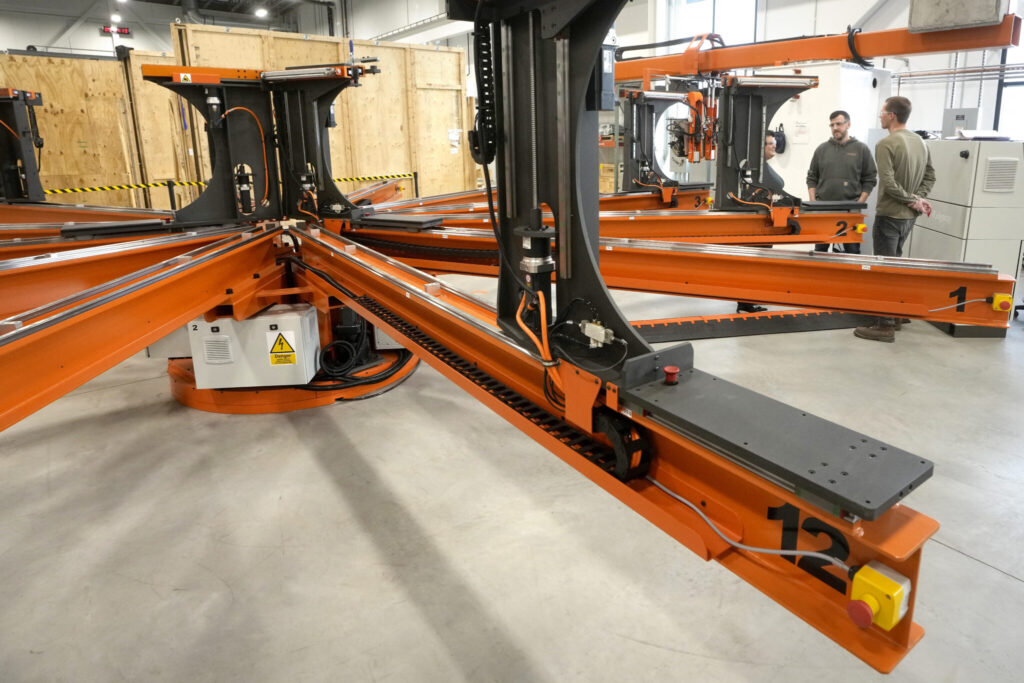
“If fusion becomes economically competitive, we’ve solved energy for humanity forever, forever. It’s like, of course you go after that,” he said in an interview. “The compulsion that’s coming both from climate change and from energy security means it sure seems this is the right time to make the big push to get there.”
The company and the university collaborate closely. In 2021, they turned on their superconducting electromagnet and demonstrated a record-breaking magnetic field, making it the strongest fusion magnet of its kind. Whyte said he knew then fusion had changed forever.
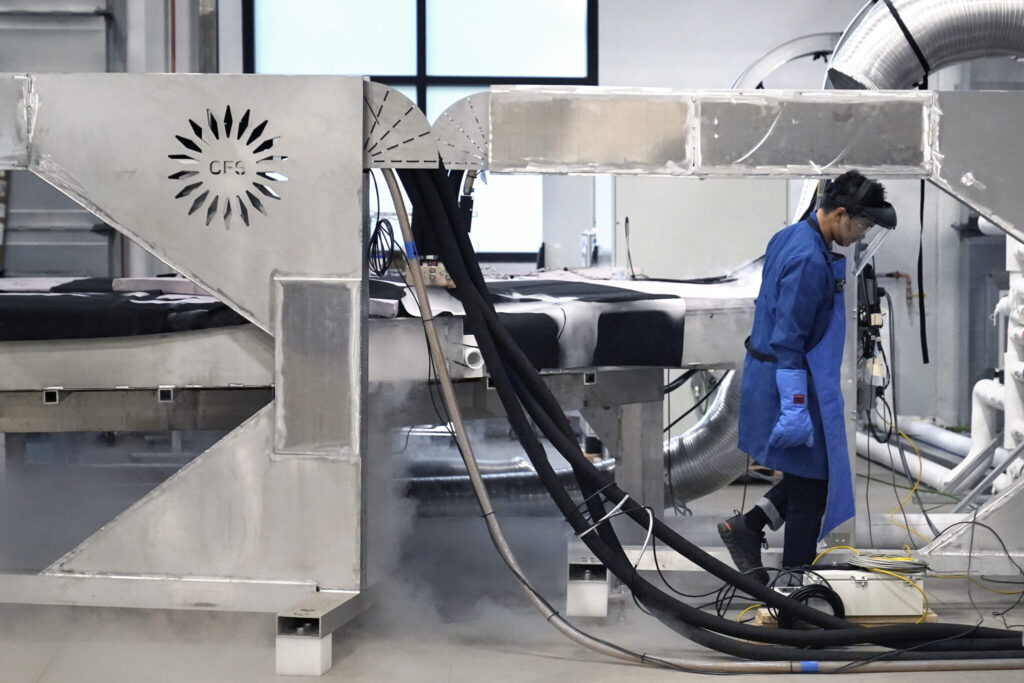
But despite the hype, reliable and cheap nuclear fusion energy is still a pipe dream, said Edwin Lyman, director of nuclear power safety for the Union of Concerned Scientists in Washington. Fusion is far less likely than other alternatives to be commercialized on a timeframe that would allow it to help prevent the worst effects of climate change, he said. Lyman said the enormous price tag could also rob more promising alternatives, such as renewable energy, of resources they need to thrive,
Yet 19 fusion companies think they will deliver power to the grid before 2035, the Fusion Industry Association said in July.
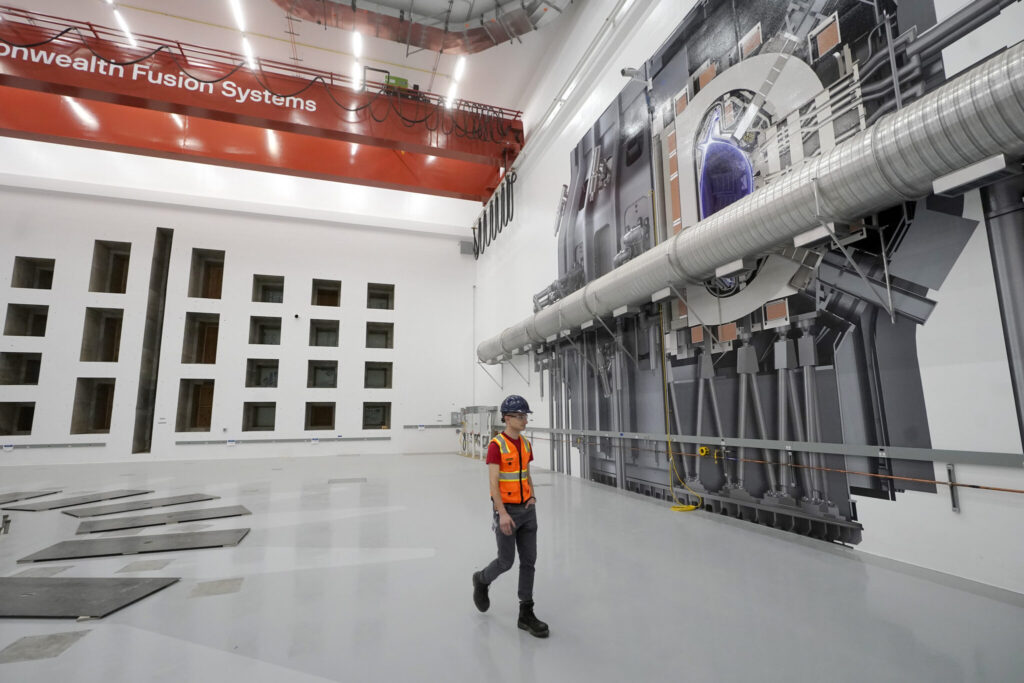
Commonwealth is designing its first power plant, which it’s calling “ARC,” to connect to the grid in the early 2030s.
ARC is intended to make roughly 460 megawatts of electricity. About 60 of those would be used to run the plant, for a net output of about 400 megawatts, enough to power tens of thousands of homes. It’s projected to cost roughly $1 billion to $2 billion, according to the company, and fit on a space the size of a basketball court.
Before that, Commonwealth says it will build and test a prototype tokamak it calls SPARC, hoping to turn that on in late 2025 or early 2026.
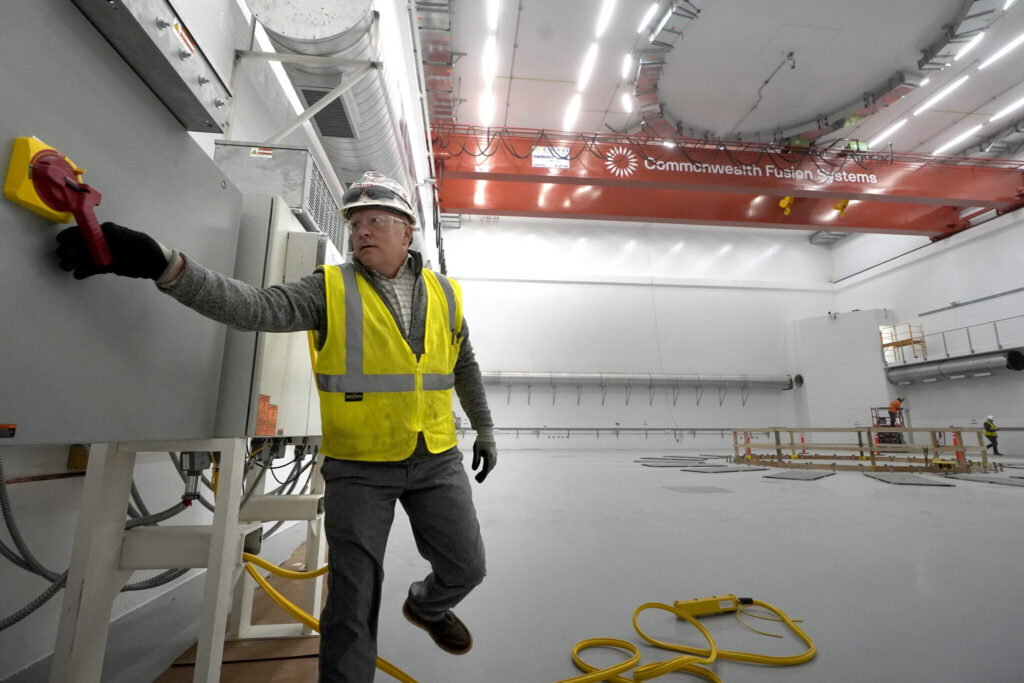
CEO Bob Mumgaard said he thinks clean energy from fusion can decarbonize heavy industries that are big emitters of greenhouse gases.
“That’s our future play, it’s the really hard stuff, the stuff that gets you to zero,” he said in an interview.
Along the walls at Commonwealth runs a pattern of white dots at hip level, one for each of the 10,000 fusion power plants they think the world will need by 2050. Mumgaard said it’s a daily reminder the world uses a lot of energy, most of it from fossil fuels, and that has to change.

